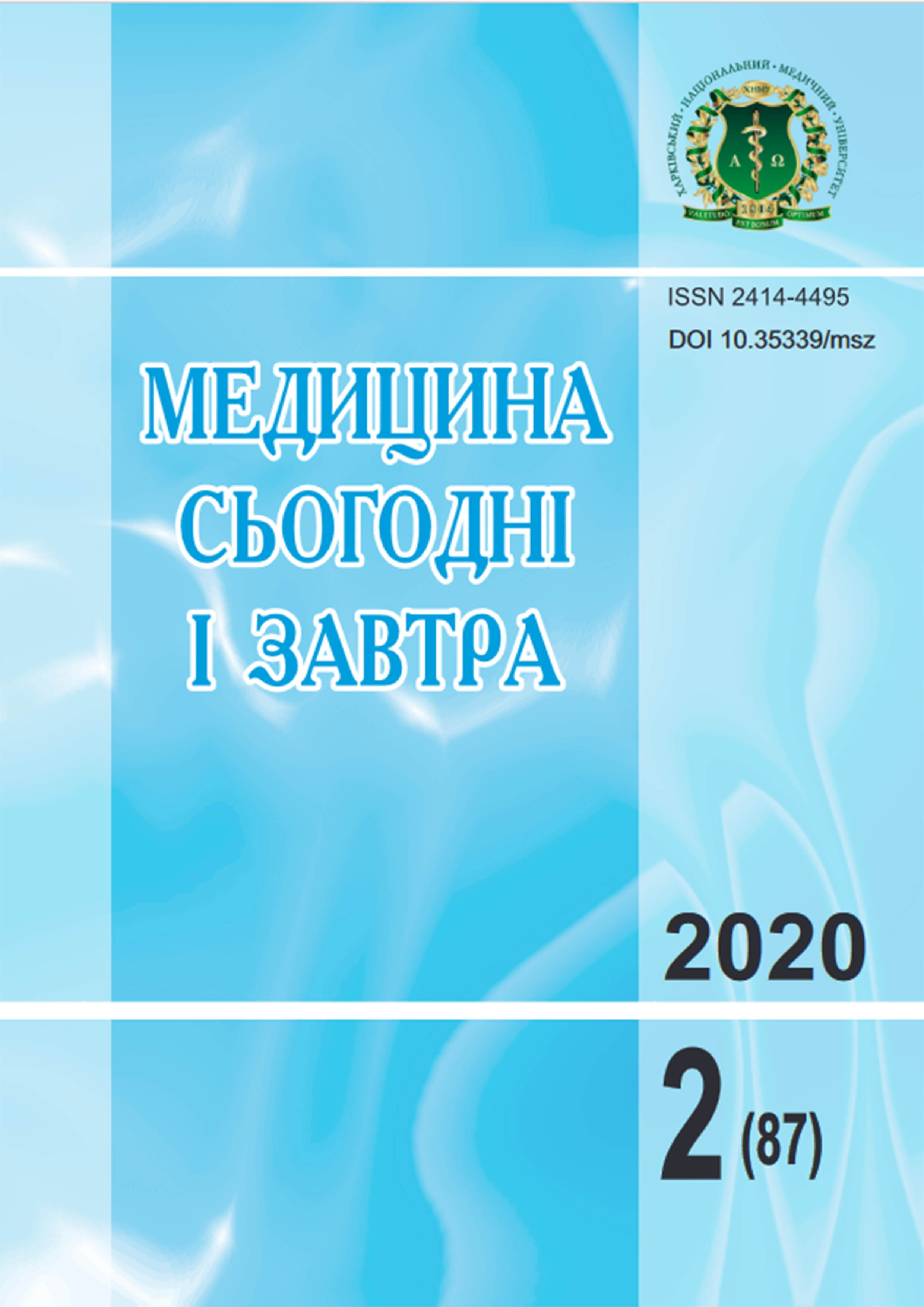Abstract
Lipid peroxidation plays a major role in cellular biology and, consequently, in all physiological and pathophysiological processes. Malondialdehyde (MDA) is a well-studied product of lipid peroxidation. MDA is a toxic substance, which is synthesized during arachidonic acid peroxidation. This substance can react with nucleic acids, phospholipids, cholesterol and proteins, having proatherogenic and cancerogenic effects. Oxidative stress, including some biochemical reactions of MDA, plays a major role in pathogenesis of ischemic heart disease (IHD). Nevertheless, determination of oxidative stress activity is not widely used in clinical practice, because it is expensive, controversial and non-specific. Increase of MDA above 100 pmol/ml is considered a prognostic biomarker of IHD course and carotid atherosclerosis, but practical usage of this marker needs further analysis of oxidation processes with other pathogenetic mechanisms of IHD. The purpose of this study is to estimate MDA concentration and its pathogenetic role according to correlation analysis in patients with acute forms of IHD. We analyzed data of 20 inpatients with IHD, unstable angina pectoris, which were assessed and treated according to actual guidelines and other documents. Results were statistically processed with the help of Spearman’s correlation analysis. In patients with IHD, unstable angina pectoris the mean MDA value was slightly increased (122.52 pmol/ml) and characterized by the significant range (in 1.7 times). In patients with MDA level higher than mediana we noticed higher levels of segmented neutrophils and proinflammatory neutrophil / limphocyte ratio, lower relative levels of lymphocytes and monocytes and 3.75 higher odds ratio for having bilirubin lower than 10 pmol/ml, which is also a criterion of oxidative stress. When MDA level was normal, it was significantly associated with monocytes number (r=0.92) and high density lipoproteins concentration (r=-0.79). In case of increased MDA level it correlated with band neutrophils (r=0.77), thickness of left ventricle posterior wall and interventricular septum (r=-0.79 and r=-0.79). Malondialdehyde is not only a marker of oxidative stress, but also a marker of inflammation activation, dyslipidemia, carbohydrate intolerance, thrombosis, arterial hypertension and tachycardia.
Keywords: malondialdehyde, ischemic heart disease, oxidative stress, inflammation, structural heart parameters.
References
Tsikas D. (2017). Assessment of lipid peroxidation by measuring malondialdehyde (MDA) and relatives in biological samples: analytical and biological challenges. Anal. Biochem..o. 524, pp. 13-30. DOI: 10.1016/j.ab.2016.10.021, PMID: 27789233.
Kompella P, Vasquez K.M. (2019). Obesity and cancer: A mechanistic overview of metabolic changes in obesity that impact genetic instability. Mol. Carcinog., vol. 58, issue 9, pp. 1531-1550. DOI: 10.1002/mc.23048, PMID: 31168912, PMCID: PMC6692207.
Moldovan L., Moldovan N.I. (2004). Oxygen free radicals and redox biology of organelles. Histochemistry and Cell Biology, vol. 122, issue 4, pp. 395-412. DOI: 10.1007/s00418-004-0676-y, PMID: 15452718.
AyalaA., Munoz M.F., Arguelles S. (2014). Lipid peroxidation: production, metabolism, and signaling mechanisms of malondialdehyde and 4-hydroxy-2-nonenal. Oxid. Med. Cell Longev., vol. 2014, article ID 360438. DOI: 10.1155/2014/360438, PMID: 24999379, PMCID: PMC4066722.
Bastani A., Rajabi S., Daliran A., Saadat H., Karimi-Busheri F. (2018). Oxidant and antioxidant status in coronary artery disease. Biomed. Rep.,xo. 9, issue 4, pp. 327-332. DOI: 10.3892/br.2018.1130, PMID: 30233785, PMCID: PMC6142042.
Ho E., Galougahi K.K., Liu C.C., Bhindi R., Fiqtree G.A. (2013). Biological markers of oxidative stress: applications to cardiovascular research and practice. Redox Biol., vol. 1, issue 1, pp. 483-491. DOI: 10.1016/j.redox.2013.07.006.
Boralkar K.A., Kobayashi Y, Amsallem M., Ataam J.A., Moneghetti K. J., Cauwenberghs N. et al. (2020). Value of neutrophil to lymphocyte ratio and its trajectory in patients hospitalized with acute heart failure and preserved ejection fraction. Am. J. Cardiol., vol. 125, issue 2, pp. 229-235. DOI: 10.1016/ j.amjcard.2019. 10.020, PMID: 31753313.
Musthafa Q. A., Abdul Shukor M.F., Ismail N. A. S., Ghazi A.M., Ali R.M., Nor I.F.M. et al. (2017). Oxidative status and reduced glutathione levels in premature coronary artery disease and coronary artery disease. Free Radic. Res., vol. 51, issue 9-10, pp. 787-798. DOI: 10.1080/10715762.2017.1379602, PMID: 28899235.
El-Mahdy R.I., Mostafa M.M., El-Deen H.S. (2019). Serum zinc measurement, total antioxidant capacity, and lipid peroxide among acute coronary syndrome patients with and without ST elevation. Appl. Biochem. Biotechnol., vol. 188, issue 1, pp. 208-224. DOI: 10.1007/sl2010-018-2917-x, PMID: 30417318.
Akboga M.K., Canpolat U., Sahinarslan A., Alsancak Y, Nurkoc S., Aras D. et al. (2015). Association of serum total bilirubin level with severity of coronary atherosclerosis is linked to systemic inflammation. Atherosclerosis, vol. 240, pp. 110-114. DOI: 10.1016/j.atherosclerosis.2015.02.051, PMID: 25770689.

